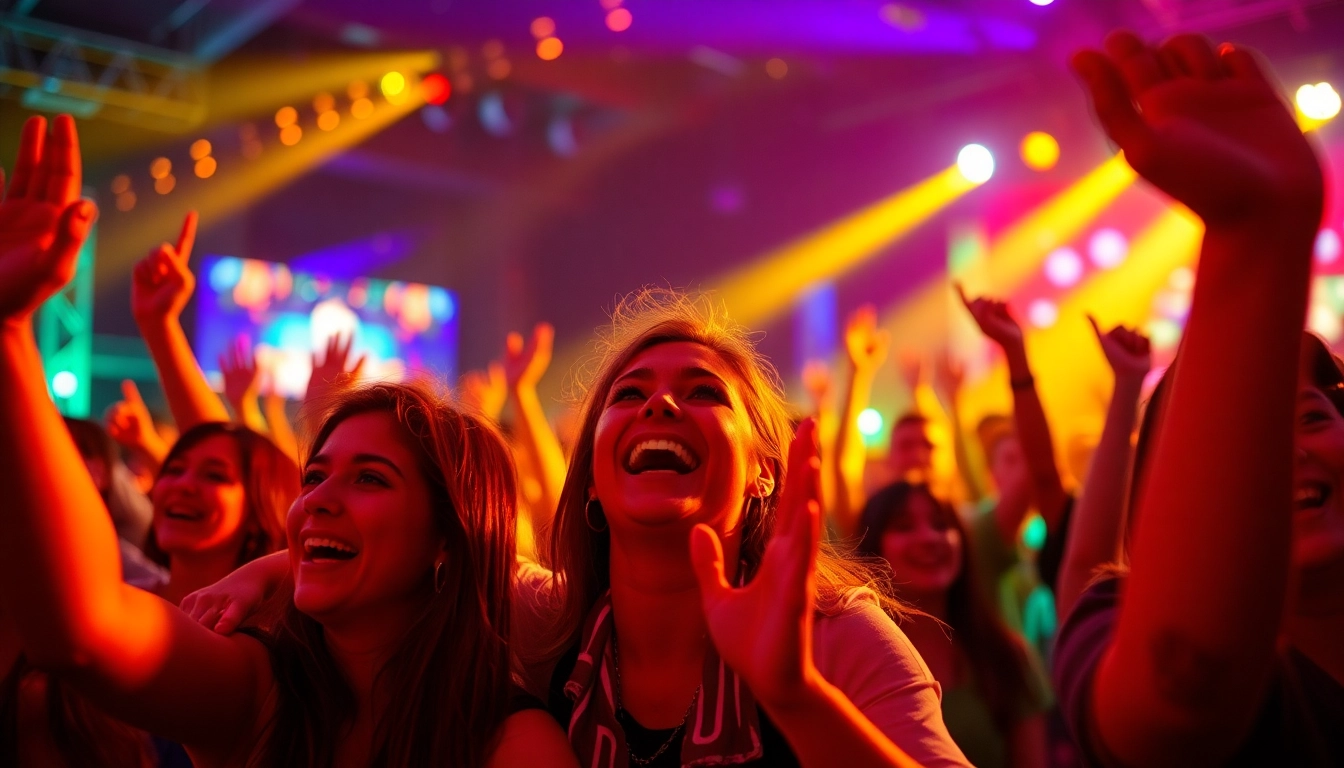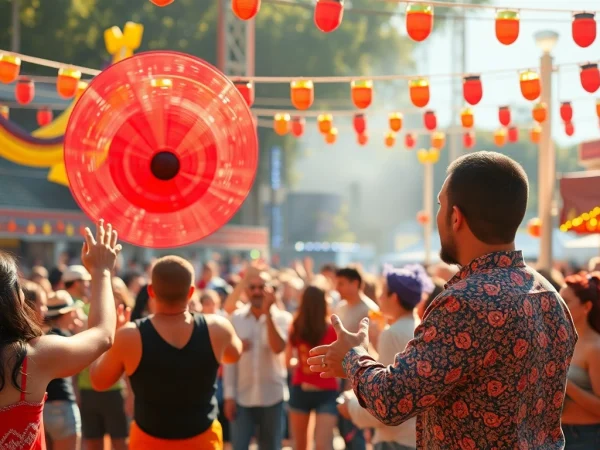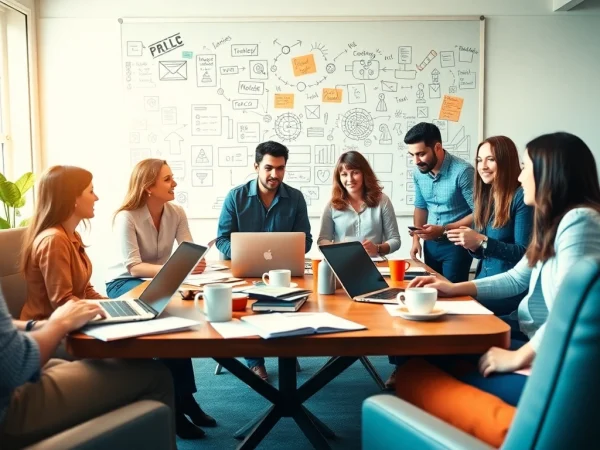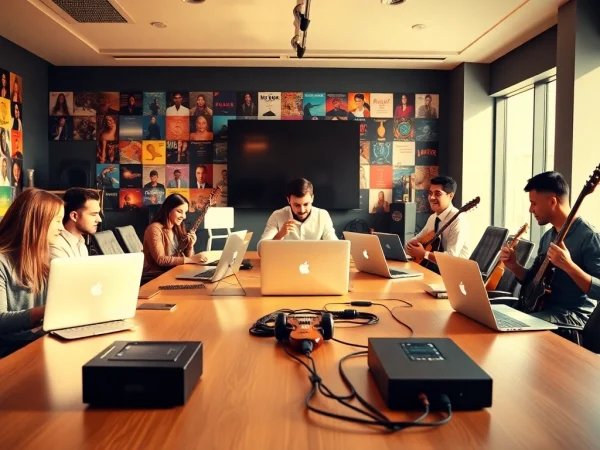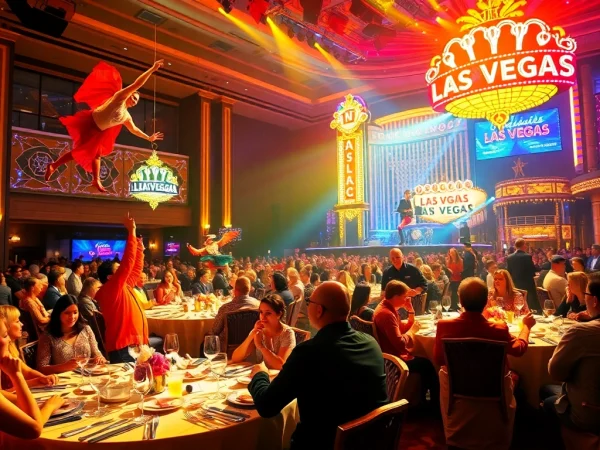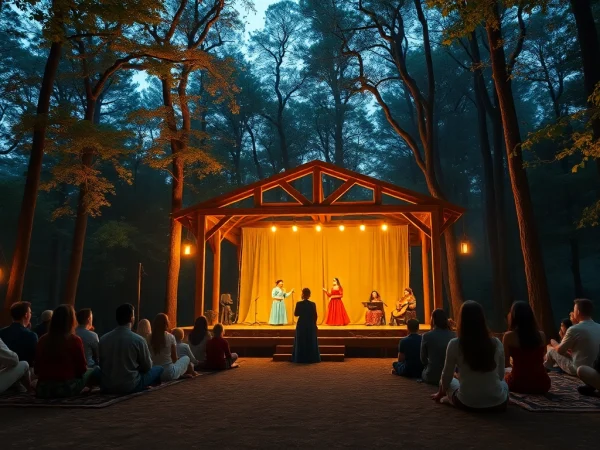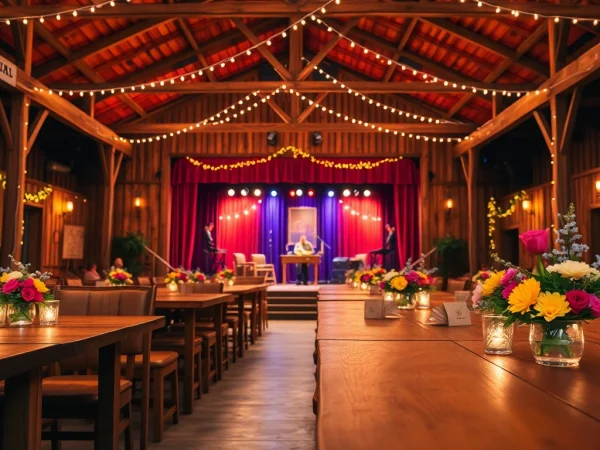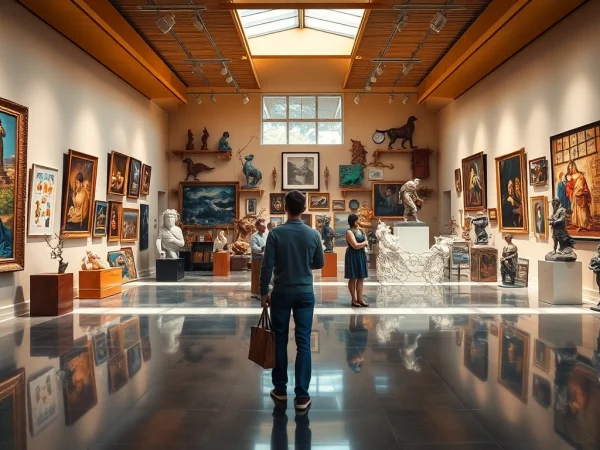Engaging Live Music Fans: Strategies to Amplify Their Experience and Loyalty
Understanding the Passion of Live Music Fans
Live music fans exhibit a unique passion that transcends mere entertainment; it is about connection, experience, and community. The desire to be part of something larger than themselves drives many to attend concerts, festivals, and intimate performances. Understanding this fervor is essential for artists, venues, and marketers alike. Live music fans are not just consumers; they are participants in a cultural dialogue that evolves with every note played. To dive deeper into the dynamic world of live music fans, we must explore their demographics, behaviors, and the reasons behind their dedication to live performances.
Demographics and Behavior of Live Music Fans
The demographic landscape of live music fans is incredibly diverse. While age, gender, and geographical location play a significant role, one unifying factor among them is their shared love for music. Research indicates that millennials and Gen Z make up a substantial portion of concertgoers, often utilizing social media to connect with their favorite artists and discover new music. Older generations, however, continue to enjoy live music experiences, often attending events that resonate with their musical backgrounds.
Behaviorally, live music fans display a strong inclination towards communal experiences. They thrive in settings where they can share emotions, celebrate together, and create lasting memories. The rise of social media platforms has further enhanced this aspect, allowing fans to share their experiences, curate highlight reels of performances, and discuss their favorite moments with others online. This community aspect is crucial, as it fosters loyalty and sustained engagement.
Why Live Music Matters to Fans
For many, attending live music events is more than just a hobby; it is a form of self-expression and identity. Fans connect deeply with the music, the artists, and each other. The power of live music can evoke strong emotions, ranging from joy to nostalgia, allowing fans to escape reality and immerse themselves in a world that speaks directly to their experiences.
Furthermore, live performances create a sense of belonging and unity among audiences. Festivals and concerts gather thousands of fans, transforming them into a collective energy that can amplify the experience. The thrill of hearing a favorite song performed live, the electric atmosphere of a crowded venue, and the ability to share these moments with friends all serve to enhance the significance of live music in fans’ lives.
Challenges Faced by Live Music Fans
Despite their passion, live music fans face several challenges that can impact their overall experience. One major issue is accessibility—both in terms of location and ticket pricing. Many fans struggle to attend concerts due to high ticket prices or the economic barriers of travel. Additionally, the increasing prevalence of virtual performances, while beneficial for some, has also created a divide: those who can afford the luxury of attending live shows versus those relegated to online streaming.
Another challenge is the unpredictability of live events. From last-minute cancellations to weather-related disruptions, many factors can hinder attendance, leading to disappointment for avid concertgoers. Finally, safety concerns in venues, such as overcrowding or inadequate security measures, have become more prominent in recent years, raising valid fears for fans when attending crowded events.
Creating a Memorable Experience for Live Music Fans
To cultivate a lasting connection with live music fans, it is crucial to focus on creating memorable experiences. Events should not only attract attendees but also leave them with lasting memories that foster future loyalty. This involves multiple facets, from atmosphere and lineup curation to interactive elements that engage fans on a deeper level.
Atmosphere: Setting the Stage for Connection
The atmosphere of a live music event can significantly influence fans’ overall experience. Factors such as venue choice, stage design, and lighting can stage a truly immersive experience. Venues that prioritize comfort—offering ample seating, good acoustics, and excellent sightlines—are essential for fans to fully engage with the performance.
Moreover, creating a thematic atmosphere through decor and branding can resonate with the music genre and the artist’s message. Innovative stage setups that incorporate visual art elements can enhance audience engagement, turning a concert into a multi-sensory experience that fans will rave about long after the event concludes.
Curating A Diverse Lineup to Attract Different Fans
Diversity in the lineup is key to appealing to a broader audience. For example, crafting a festival that features a variety of genres—from rock and pop to hip-hop and electronic—allows different fan bases to mingle and discover new music. This not only enriches the musical experience for attendees but also opens avenues for artists to reach new followers.
Additionally, bringing in local artists can heighten the sense of community, encouraging fans to support their local music scene. Collaborating with not just well-known acts but also emerging artists can create a platform for new talent while catering to the adventurous spirit of music fans eager to discover the next big thing.
Interactive Elements that Engage Live Music Fans
Interactive elements in live music events add vibrancy and excitement, enhancing fan engagement. This can include merchandise booths, meet-and-greet opportunities with artists, and social media activations where fans can share their live experiences in real-time. Additionally, offering unique experiences, like backstage passes or VIP lounges, creates exclusivity that many fans seek.
Technological integrations, such as live polling during sets or engaging apps that allow fans to choose the next song, can also heighten involvement. These interactions not only enrich the fan experience but also create a sense of ownership, making attendees feel like integral parts of the show rather than passive spectators.
Marketing Strategies to Attract Live Music Fans
With the landscape of live music continuously evolving, innovative marketing strategies are crucial to attract and retain fans. By leveraging social media, tapping into influencer partnerships, and providing exclusive offers, promoters can draw in dedicated audiences.
Leveraging Social Media to Reach Fans
Social media platforms are powerful tools for reaching live music fans. Creatively using platforms such as Instagram, TikTok, and Twitter allows promoters to build a brand story and engage potential attendees. Regularly posting behind-the-scenes content, artist interviews, and interactive Q&A sessions can build anticipation and excitement around upcoming events.
Targeted advertising based on user data can also drive ticket sales. By researching audience behavior and utilizing retargeting strategies, promoters can efficiently market to potential concertgoers whose interests align with specific genres or artists.
Utilizing Influencer Collaborations for Greater Impact
Influencer partnerships can significantly amplify a concert’s reach. By collaborating with local musicians, bloggers, or social media personalities who are passionate about music, event organizers can tap into their established audiences. These influencers can help promote events in a more organic way, often creating excitement and buzz that traditional marketing cannot achieve.
Consider organizing influencer nights, where select influencers can attend a concert for free in exchange for coverage on their platforms. This can generate authentic content and leverage their followers’ trust in their recommendations.
Creating Exclusive Offers for Loyal Live Music Fans
Loyalty programs can help build lasting relationships between fans and venues or artists. Offering exclusive early access to tickets, special merchandise, or unique experiences for long-time supporters cultivates a deeper connection. Digital loyalty cards that reward fans for their attendance over time can incentivize them to keep coming back.
Additionally, creating limited-time flash deals or giveaways on social media can spark urgency and excitement, encouraging fans to act quickly. Joining forces with local businesses to provide discounts or bundles can further enrich the fan experience and expand the event’s reach.
Measuring Engagement and Satisfaction of Live Music Fans
Evaluating fan engagement and satisfaction is essential for continuous improvement in the live music scene. By tracking key metrics, gathering audience feedback, and analyzing event data, organizers can refine their approaches and enhance future shows.
Key Metrics to Track Fan Engagement
Engagement metrics such as ticket sales, social media interactions, and audience participation during shows are vital to understanding fan enthusiasm. Monitoring the number of shares, comments, and likes associated with content can provide insights into which aspects resonate most with fans.
Additionally, attendance rates and merchandise sales are crucial indicators of how well an event is received. High attendance not only speaks volumes about the interest but also sets the tone for future performances, while merchandise success can showcase fan loyalty to specific artists.
Gathering Feedback for Continuous Improvement
Implementing post-event surveys is an effective way to gather qualitative feedback from attendees. Questions regarding overall experience, areas for improvement, and specific highlights can yield invaluable insights that reflect fans’ desires and expectations. Incentivizing feedback through discounts on future events can also boost response rates.
Analyzing Event Data to Enhance Future Shows
Leveraging data analytics tools can streamline the process of analyzing event performance. Understanding traffic patterns leading up to the events, the effectiveness of marketing campaigns, and demographic breakdowns can shape future strategies. Event organizers can refine their approaches based on this data, ensuring alignment with audience preferences and behaviors.
Building a Community Around Live Music Fans
The heart of live music often lies in the community it fosters. Building a strong, engaged community around events and artists encourages fans to stay connected, enriching their overall experience and supporting the music industry as a whole.
The Role of Fan Groups and Online Communities
Creating dedicated fan groups or online communities can foster a sense of belonging among live music fans. These spaces allow enthusiasts to share experiences, exchange information about upcoming events, and connect with like-minded individuals. Platforms like Facebook groups or Discord channels can facilitate these discussions and strengthen relationships among fans.
Encouraging fan-created content, such as sharing concert photos or writing about their experiences, can enhance community engagement. Regular interaction through polls, contests, and discussions can keep the energy alive, ensuring that members remain actively involved in the community.
Creating Meaningful Connections Between Artists and Fans
For fans, the opportunity to form a connection with artists can be a cherished part of the live music experience. By facilitating meet-and-greet sessions, Q&A opportunities, or even pre-show soundcheck access, artists can foster a sense of intimacy with their audience.
Moreover, artists who engage with fans on social media, respond to comments, and acknowledge their support create a personal touch that strengthens loyalty. This dialogue can enhance the overall fan experience, as supporters feel seen and valued by the very artists they admire.
Supporting Grassroots Movements to Engage Local Fans
Grassroots movements have the potential to ignite local music scenes and attract devoted fans. Supporting local artists and organizations can help build a sense of community around grassroots festivals and events. Event organizers, promoters, and artists should collaborate to create inclusive platforms that highlight local talent, thereby fostering support for the local music ecosystem.
Encouraging fan participation in planning these events can also boost engagement, leading to a stronger community presence. Whether through volunteering, participating in decision-making, or simply spreading the word, local fans become integral to the success of live music in their area, reinforcing the collective bond.
